The best aero road bikes are now not only quick, and also lighter and more comfortable. The latest models have been tweaked to be faster than ever, according to the manufacturers, and to alleviate the harsh ride that characterised some early aero bikes.

Best aero road bike overall: Canyon Aeroad CFR

Best value aero road bike: Orro Venturi STC Tailor Made

Best lightweight aero road bike: Specialized S-Works Tarmac SL8

Best all-rounder aero road bike: Pinarello Dogma F

Best aero road bike for efficiency: Giant Propel Advanced Pro 1

Best aero bike for comfort: Handsling A1R0evo
Aero road bikes 'traditionally' were inspired by the aerodynamic features from time trial bikes, balancing the demands of weight and stiffness into a package that, on paper, looks to be the ideal all-round choice.
At any decent speed, most of your effort goes into overcoming air resistance, so reducing a bike's drag means you'll go faster, or ride at any given speed with a lower power output. Who doesn't like the sound of that?
Most of your air resistance comes from your body rather than your bike. Wearing non-flappy clothing will help, as will losing weight. But the 20% or so of air resistance from your bike is enough for engineers and designers to focus on making road frames and products more slippery through the air. In the pro peloton aero road bikes have been quickly adopted, where the margins of victory are very slim and there has been a focus on gaining ever smaller performance gains over the years.
Nevertheless, aero road bikes haven't converged on a perfect, slippery shape. Different engineers prioritise different ways of improving aerodynamics, but there are shared design trends: skinny, aerofoil-shaped tubes, integrated brakes, and internal cable routing.
Choosing an aero road bike used to be easy, but now the lines are blurred with many brands replacing their pure aero road bikes with aero/lightweight machines. These new bikes do, however, promise significant performance benefits, of course claiming to be more aerodynamic than the aero bikes they replace.
In recent years we have also seen lots of redesigning with the UCI removing the 3:1 rule, which limited component depth to three times their width, and the ability to reduce main frame tube profiles to less than 25mm.
How we review road bikes
With our bike reviews, we ensure that our reviewers have access to their test bike for at least a month to thoroughly review the bike before coming up with their final verdicts.
When it comes to aero bikes, the big-name bike manufacturers pretty much without exception bandy about claims with wind tunnel this, yaw angle that... and although we don't have a wind tunnel here at road.cc Towers to test the aero claims, we do test the bikes on how they perform in the real world. This includes rating for the components, efficiency of power transfer, stiffness, handling and finishing kit. We believe that this comprehensive evaluation provides valuable insights into what an aero road bike is like to ride regularly across different conditions.
Why you can trust us
Our reviewers are experienced cyclists, as are those of us who put together these buyer's guides, ensuring that our recommendations are based on first-hand experiences. We only ever recommend bikes that fared well in reviews in our buyer's guides. While some of the models featured may be newer versions than those we originally reviewed, updated reviews will be available soon.
We might recommend a different specification to the precise model we reviewed, but these will have the same frame and fork, and perhaps a more entry-level or higher end groupset.
With road.cc being a road cycling website as you may have guessed, this guide recommends various bikes that you would consider riding on the road, whether that's for commuting, training, road racing or general riding for fun.
Right, let's get into our top aero road bike picks. You can also head down to our Q+A section where we answer some FAQs about aero road bikes, or if you're after a more general introdution to what road bikes are out there, head over to our best road bikes guide instead.







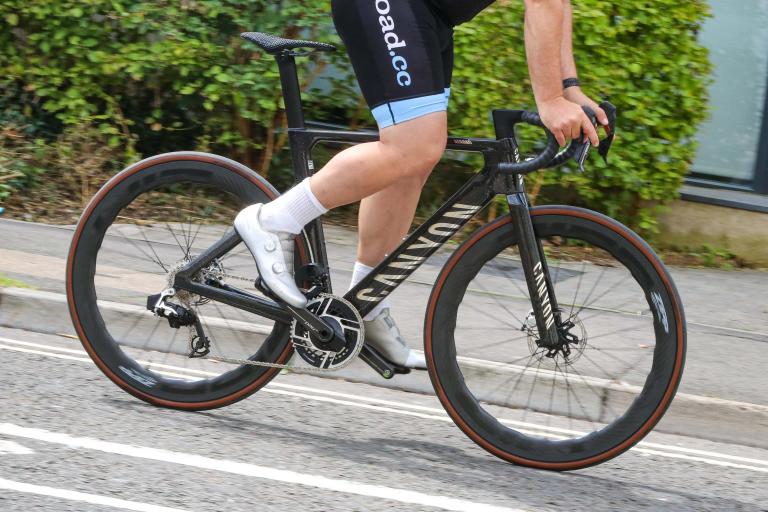

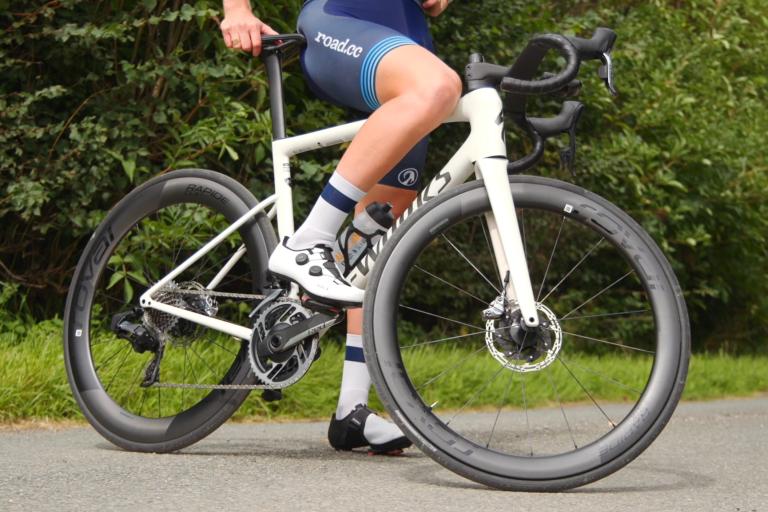
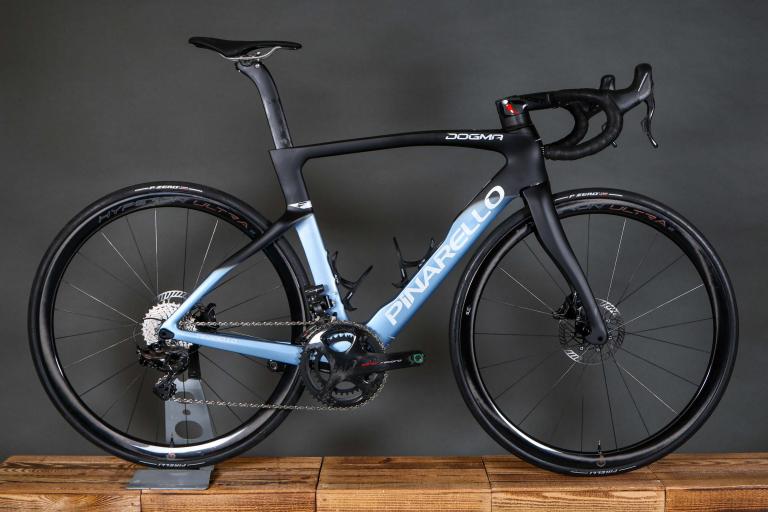

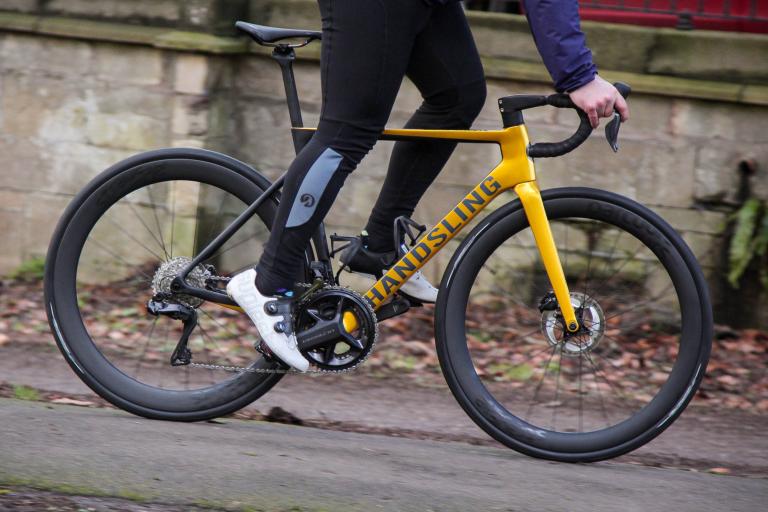
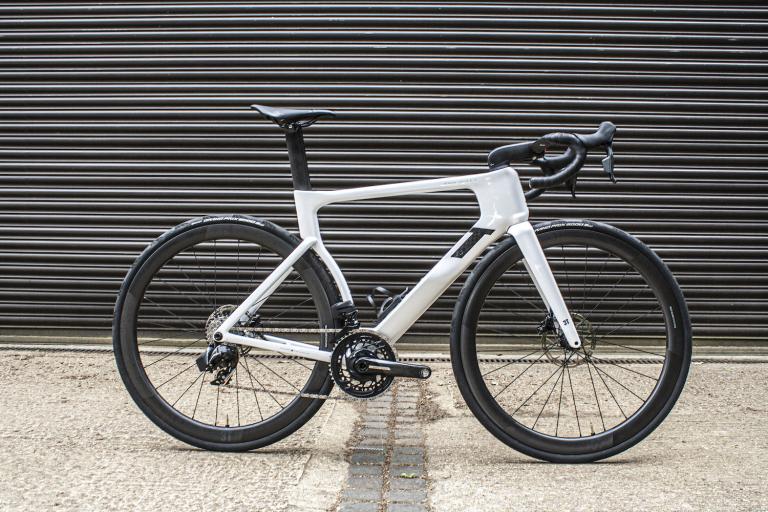

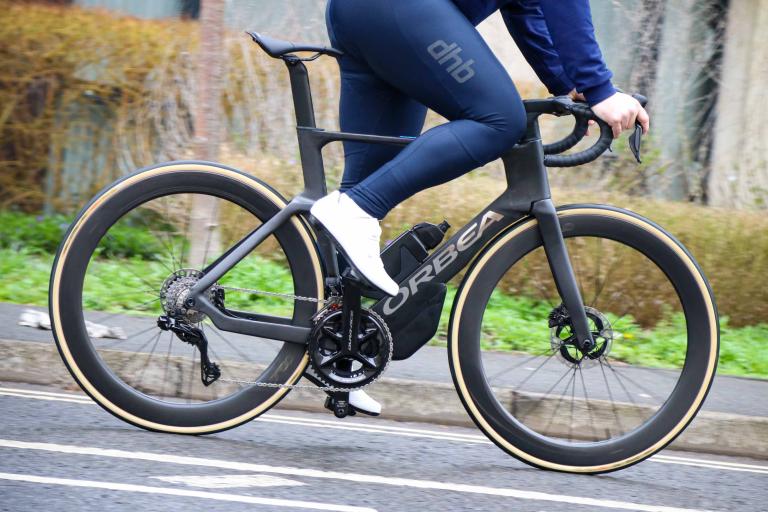
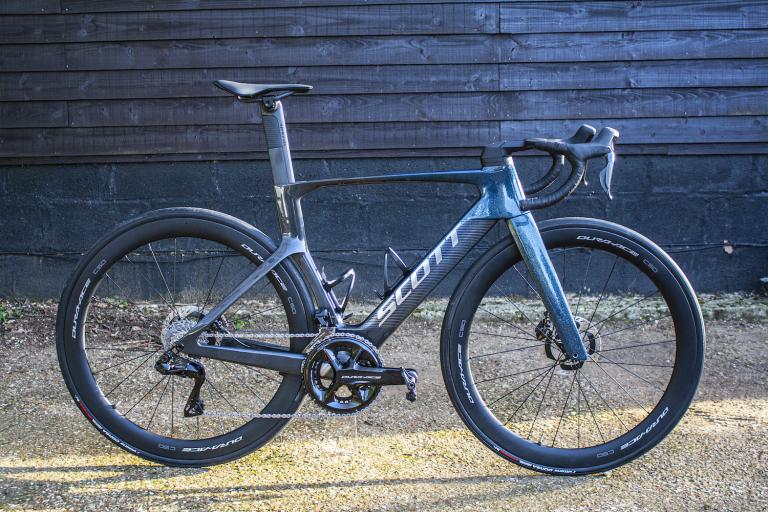
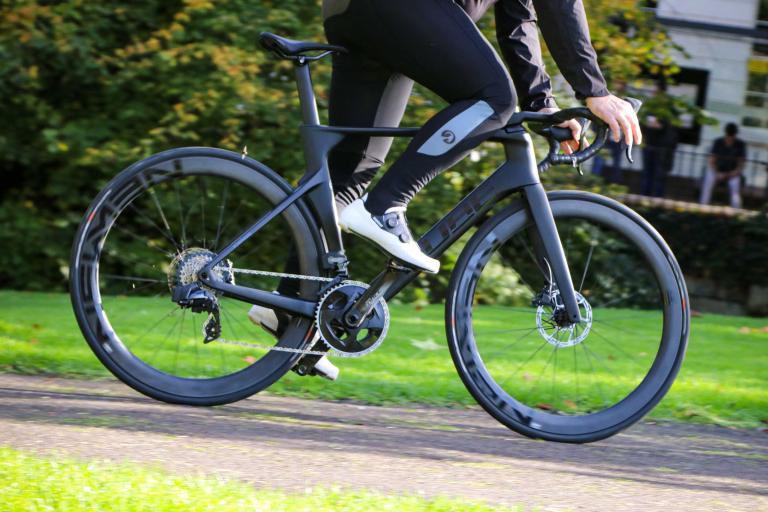


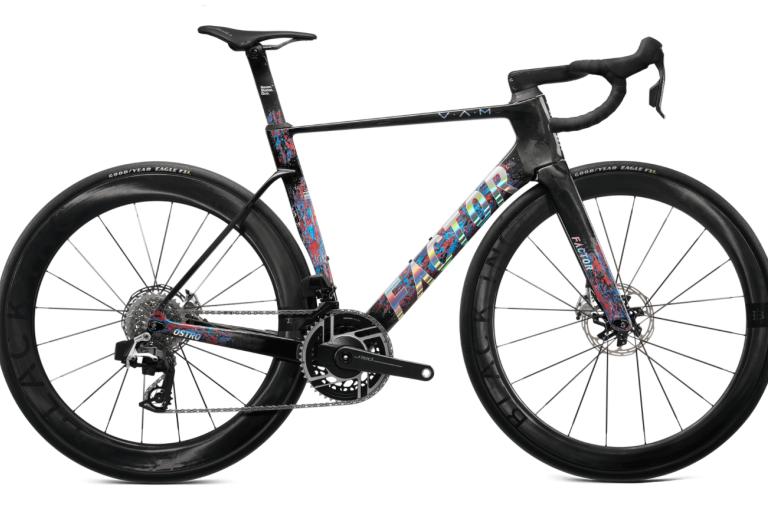
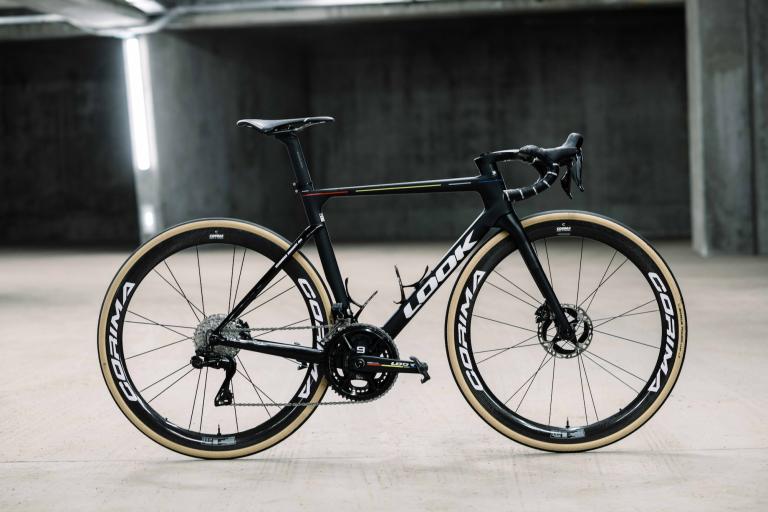
Add new comment
4 comments
Nearly bought a Cervelo Soloist when it first came out. Probably still have printouts of reviews and specifications. Decided comfort was important and it wasn't.
Just this fortnight, I've been doing 60 km rides on my 2018 Roubaix Ultegra after replacing bars and stem. The much lower position makes a huge difference to perceived and, surprisingly, actual speed - maybe 5 mph or more. Not sure if that's due to aero or better power transfer. The fatter tyres also help a lot on modern rutted heavy tarmac in SE London & Kent to Sevenoaks
The only bike that is clearly different from the rest, the BMC TeamMachine R01 with it's unmistakable fork is the one missing here.
Can't rely on a journalist to get their facts right, obviously.
Pearson's Minegoestoeleven has long been retired, with the Shift taking over.
In fact, your link included with the review takes readers to the Shift.
You can't buy a Minegoestoeleven on Pearson's website. Maybe do a bit of research before publishing?
The weights for all the bikes would have been really helpful. Useless review with just some weights... 😕